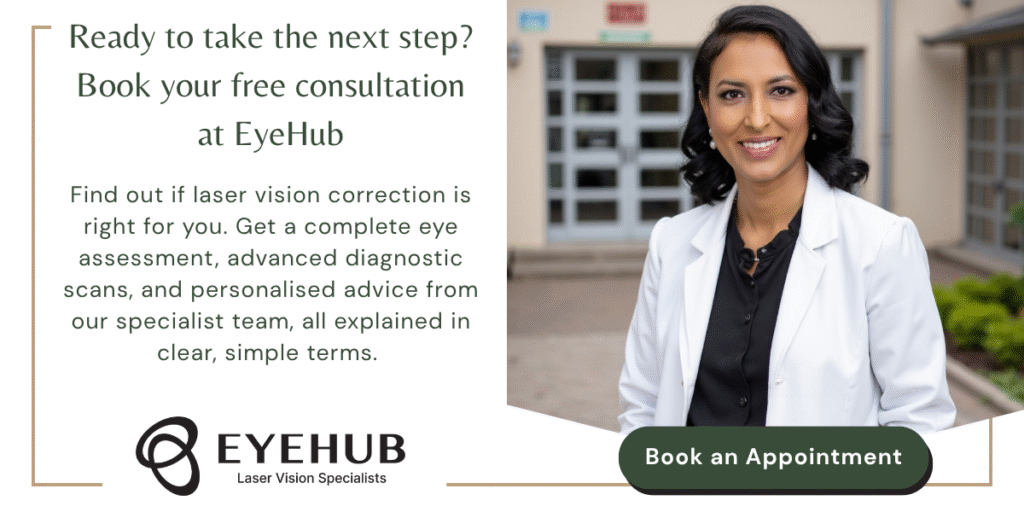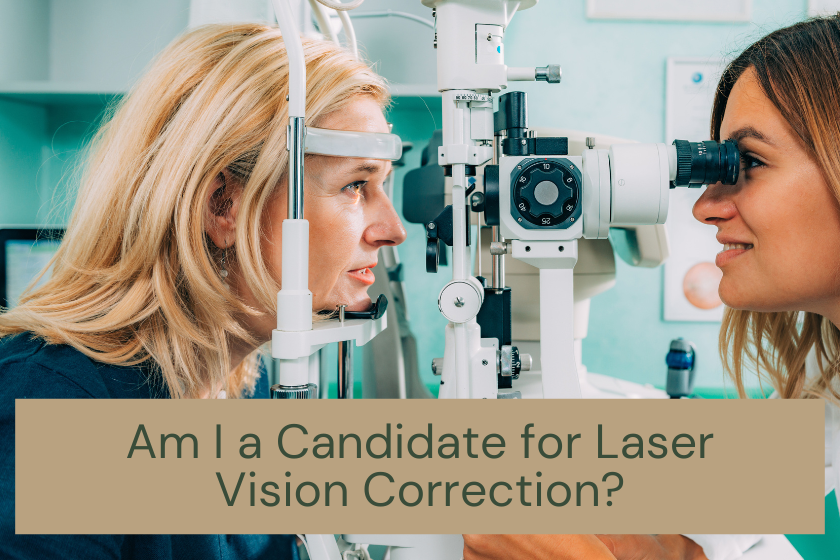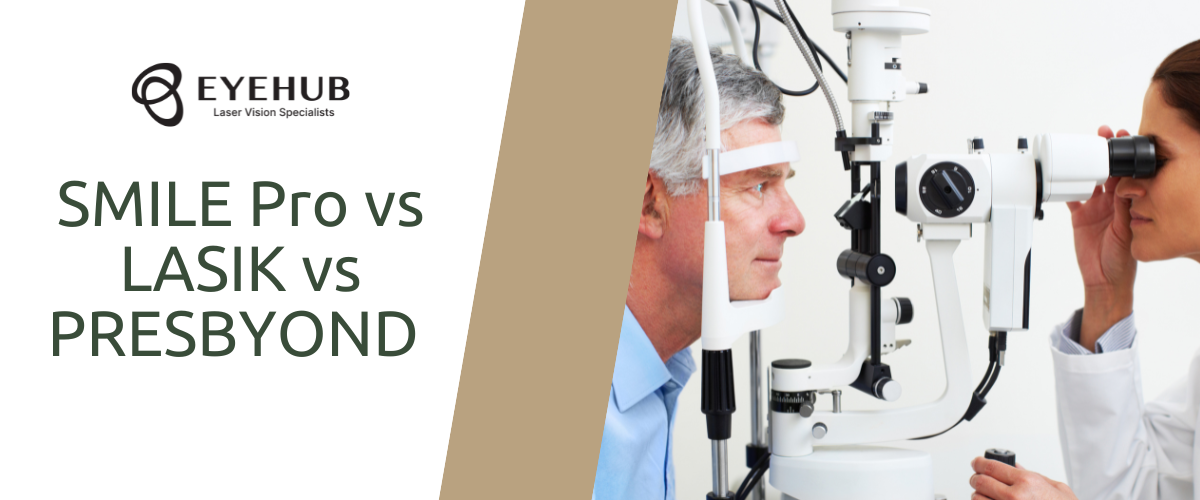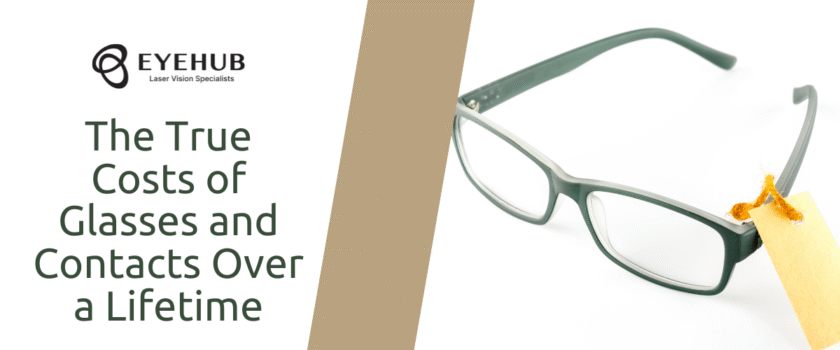
The True Costs of Glasses and Contacts Over a Lifetime
If you wear glasses or contacts, you’re paying more than the sticker price of a pair of frames or a box of lenses. There are recurring purchases, “little” add-ons that stack up, the time it takes to maintain them, and the opportunity cost of missed activities when your vision aids get in the way. This guide breaks those costs down clearly so you can make a confident, long-term decision that suits your eyes, lifestyle, and budget.
The Costs People Often Mmiss
-
Up-front gear
-
Glasses: frames + lenses; blue-light/anti-glare; progressive or high-index lenses; prescription sunglasses; hard cases.
-
Contacts: fittings, trial packs, first boxes, storage cases.
-
-
Recurring consumables
-
Contacts: daily disposables (every single day) or monthlies + cleaning solutions.
-
Glasses: cleaning kits, occasional nose pads/ear pieces, minor repairs.
-
-
Maintenance & replacements
-
Prescription changes; scratched lenses; bent frames; backup pairs; prescription sunnies; lost or broken glasses (especially if you play sport or have young kids/pets).
-
-
Appointments
-
Routine eye tests and contact lens checks (often annually for contact lens wearers).
-
-
Time & convenience
-
Reordering lenses, picking up frames, cleaning, dealing with fogging/raindrops, taking lenses out when eyes are dry or irritated.
-
-
Lifestyle & “opportunity” cost
-
Sports, beach days, travel, or early-morning workouts made harder by fogging, slipping frames, or lens discomfort. These don’t hit your bank account, but they do affect what you do (or don’t do).
-
-
Health & comfort considerations
-
Contacts can increase the risk of eye irritation and infections if not used correctly. Glasses can cause pressure points or headaches if ill-fitting. (Specific risks vary—discuss your situation with an eye-care professional.)
-
-
Environmental footprint
-
Daily contacts and their packaging add to waste; broken frames and scratched lenses are hard to recycle.
-
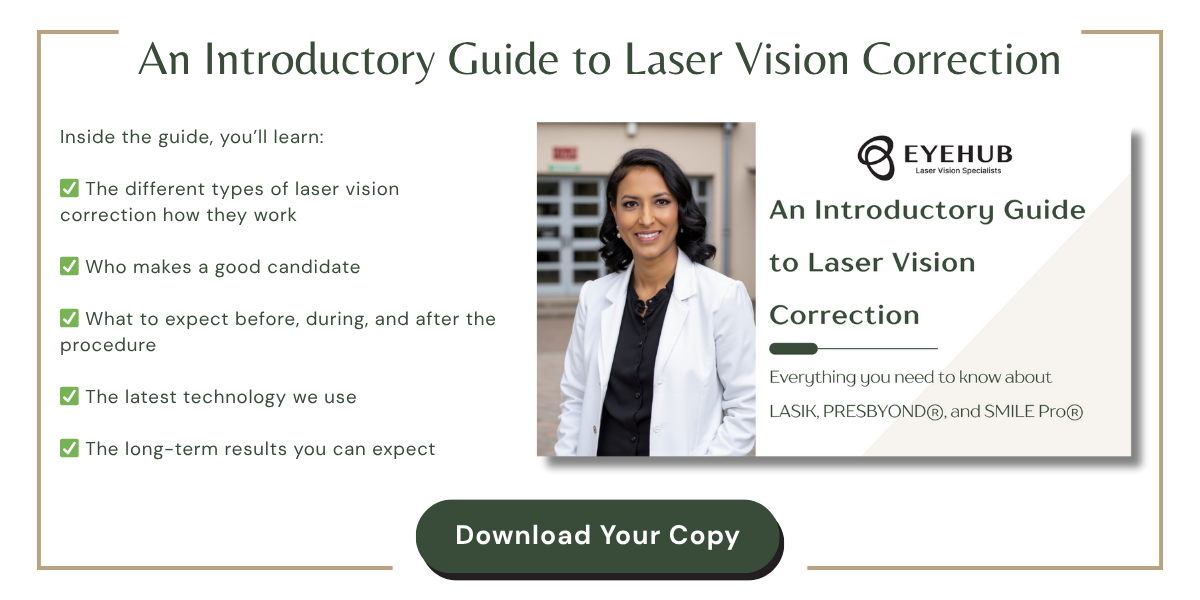
Worked examples (in today’s dollars)
These are illustrative ranges using common Australian price points and typical replacement patterns. Your numbers may be lower or higher.
Assumptions used below
-
No inflation applied (to keep things simple).
-
Eye exam: ~$70/year for contact lens wearers; ~$70 every two years for glasses-only (rebates vary).
-
Occasional loss/damage replacement built in.
-
Prescription sunglasses included where relevant.
-
Contacts:
-
Daily disposables: ~$1.50/day on average.
-
Monthly lenses + solutions: ~$300 + $120 ≈ $420/year.
-
10-, 20- and 30-year totals (rounded)
-
Glasses – budget (frames+lenses ~$350 every 2 years; repairs $20/yr; prescription sunnies ~$120 every 3 years; exam ~$70 every 2 years; occasional replacement):
-
10 yrs: ~$3,060
-
20 yrs: ~$6,120
-
30 yrs: ~$9,300
-
-
Glasses – premium (frames+lenses ~$800 every 2 years; Rx sunnies $400 every 3 years; repairs $30/yr; exam ~$70 every 2 years; occasional replacement):
-
10 yrs: ~$6,150
-
20 yrs: ~$12,600
-
30 yrs: ~$19,450
-
-
Contacts – daily disposables (avg $1.50/day), plus a basic glasses pair ~$350 every 3 years; annual exam:
-
10 yrs: ~$7,225
-
20 yrs: ~$14,450
-
30 yrs: ~$22,025
-
-
Contacts – monthly lenses + solutions ($420/yr), plus a basic glasses pair ~$350 every 3 years; annual exam:
-
10 yrs: ~$5,950
-
20 yrs: ~$11,900
-
30 yrs: ~$18,200
-
Takeaway: Daily contact wear is usually the most expensive over time because you’re paying every single day. Premium glasses users also spend heavily due to higher frame/lens costs and prescription sunglasses. Budget glasses-only users spend the least on direct costs—but may carry more lifestyle compromises (fogging, sport limitations, etc.).
Hidden costs in real life
-
Time tax: Even 10 minutes a day cleaning/handling contact lenses adds up to ~60 hours a year. Add ordering, pick-ups, or emergency runs when you run short before a trip.
-
Fogging & weather: Rain, masks, and humidity make glasses annoying. That “small” frustration, multiplied by years, is real.
-
Break/lose risk: Holidays, gyms, and beaches are prime break/lose zones. A single lost pair can add hundreds instantly.
-
Sport & outdoor activities: Surfing, skiing, contact sports, and open-water swimming are simply less convenient with lenses or frames.
How this compares with vision-correction procedures
Vision-correction procedures (e.g., laser vision correction) can change the long-term cost profile by replacing ongoing consumables with an upfront investment. However:
-
They are not suitable for everyone. Candidacy depends on your eyes and overall health.
-
They do not guarantee perfect vision or permanent freedom from glasses for all tasks and life stages (e.g., reading glasses can still be needed later in life).
-
Outcomes, risks, recovery, and costs vary—these must be discussed in a proper clinical assessment.
If you’re suitable, the financial equation shifts from recurring spend to a more fixed, upfront cost. Many people look at the 10–20 year horizon and weigh the upfront amount against what they’d otherwise spend on contacts, frames, sunglasses, and time. The right choice is individual—comfort, lifestyle, and personal preferences matter as much as dollars.
How to build your personalised budget
-
List your last 24 months of costs (frames, lenses, sunnies, contacts, solutions, exams, repairs).
-
Set your replacement pattern (glasses every 2 years? sunnies every 3? daily or monthly contacts?).
-
Add a “whoops” line (lost/damaged replacement every 4–6 years).
-
Project 10, 20, and 30 years in today’s dollars.
-
Add a convenience factor (where do glasses/contacts make life harder? sport, travel, work?).
If you’re curious about a procedure, get an assessment to see whether you’re a candidate and what outcomes are realistic for your eyes.
FAQs
Q: Are daily contacts really more expensive than monthlies?
Generally, yes—convenience costs more. Dailies remove cleaning hassle and can be more comfortable for many, but you pay “per day” forever.
Q: Why include prescription sunglasses?
Because most Australians spend time outdoors and benefit from UV protection. Many people find non-prescription sunglasses impractical without contacts.
Q: What about health insurance or rebates?
These can offset some costs (frames, lenses, or exams), but policies vary and benefits often reset annually. For long-term planning, it’s safer to budget conservatively and treat rebates as a bonus.
Q: Will a vision-correction procedure remove all costs forever?
No. You may still need routine eye care, and you might need glasses for certain tasks later in life. The appeal is reducing the ongoing costs and maintenance burden—if you’re a suitable candidate.
Final thought
The “cheap” option is the one that gives you clear, comfortable vision with the least friction to your daily life—over many years, not just at checkout. For some, that’s budget glasses and a solid routine. For others, it might be contacts for sport. And for eligible people, a vision-correction procedure can change the maths and the lifestyle equation.
So, am I suitable for laser eye surgery? Why a personal assessment matters.
The only way to know for sure if you’re a candidate is through a comprehensive eye assessment with an experienced ophthalmologist. At EyeHub, we use advanced diagnostics to measure every aspect of your eyes and confirm the safest, most effective treatment for you.
We’re also the only clinic in Queensland with the ZEISS VisuMax 800 and MEL90 laser suite – the most advanced technology available today. That means faster treatments, greater comfort, and exceptional results you can trust.
Book your free eye consultation today to see if you are a candidate for laser vision correction.
